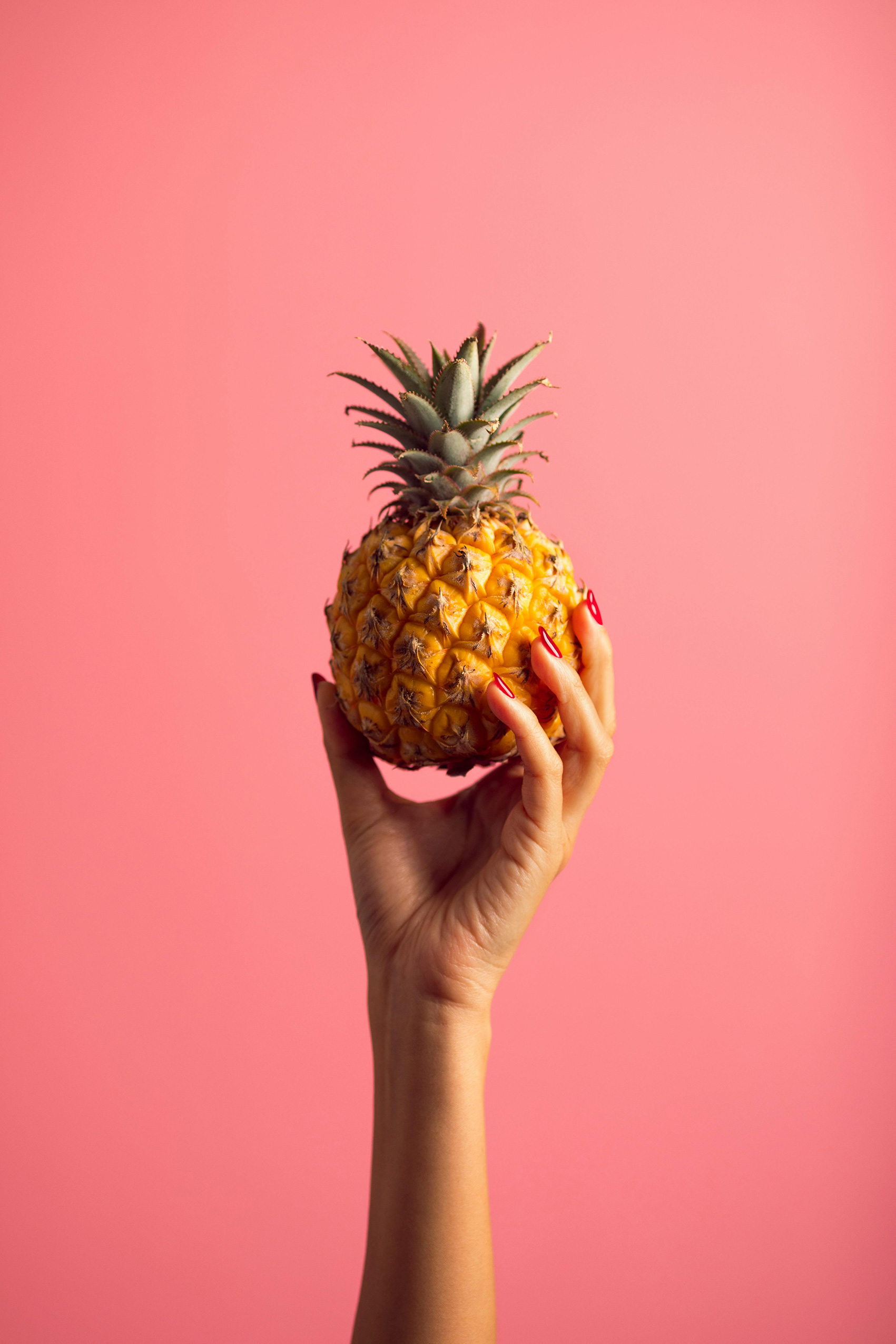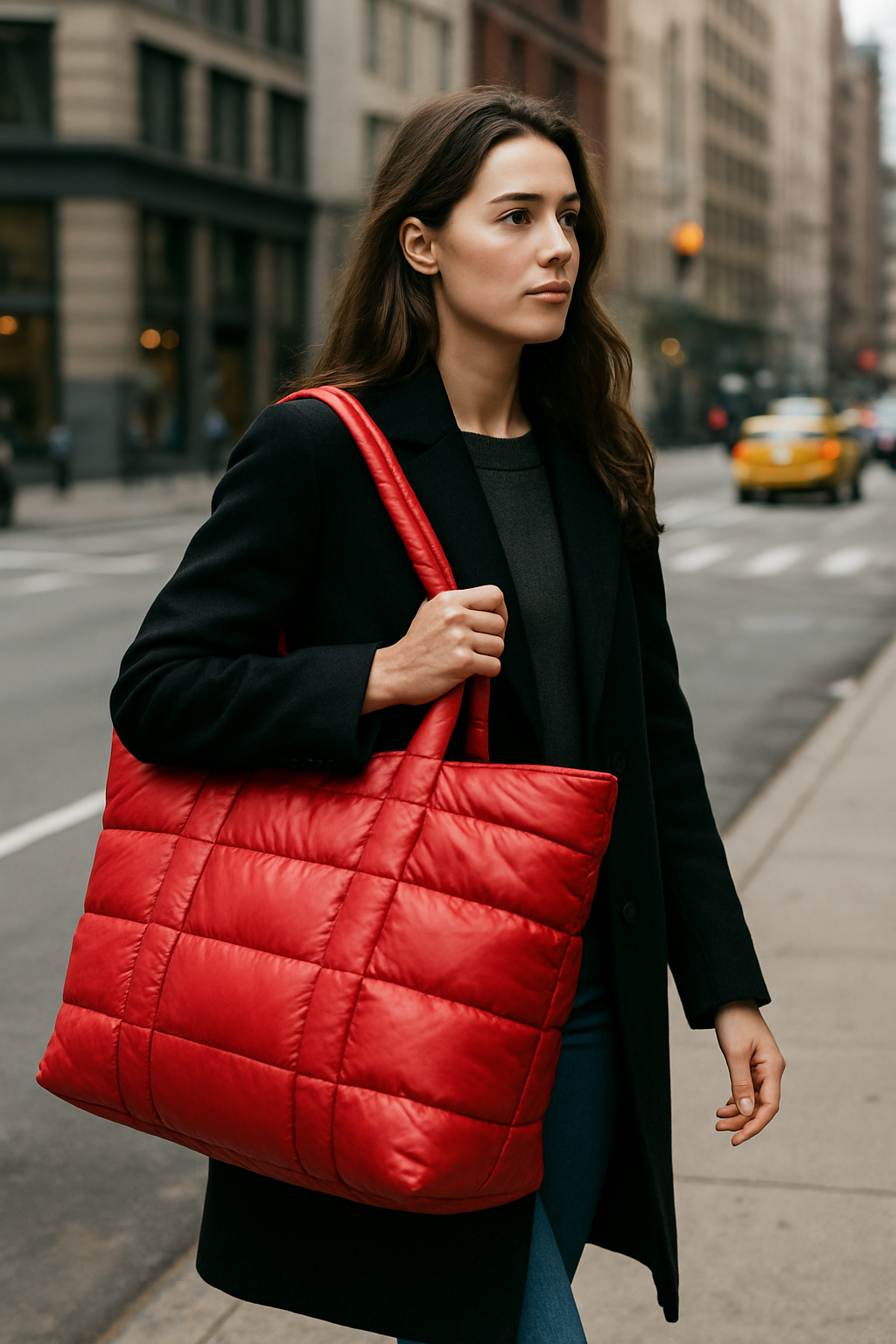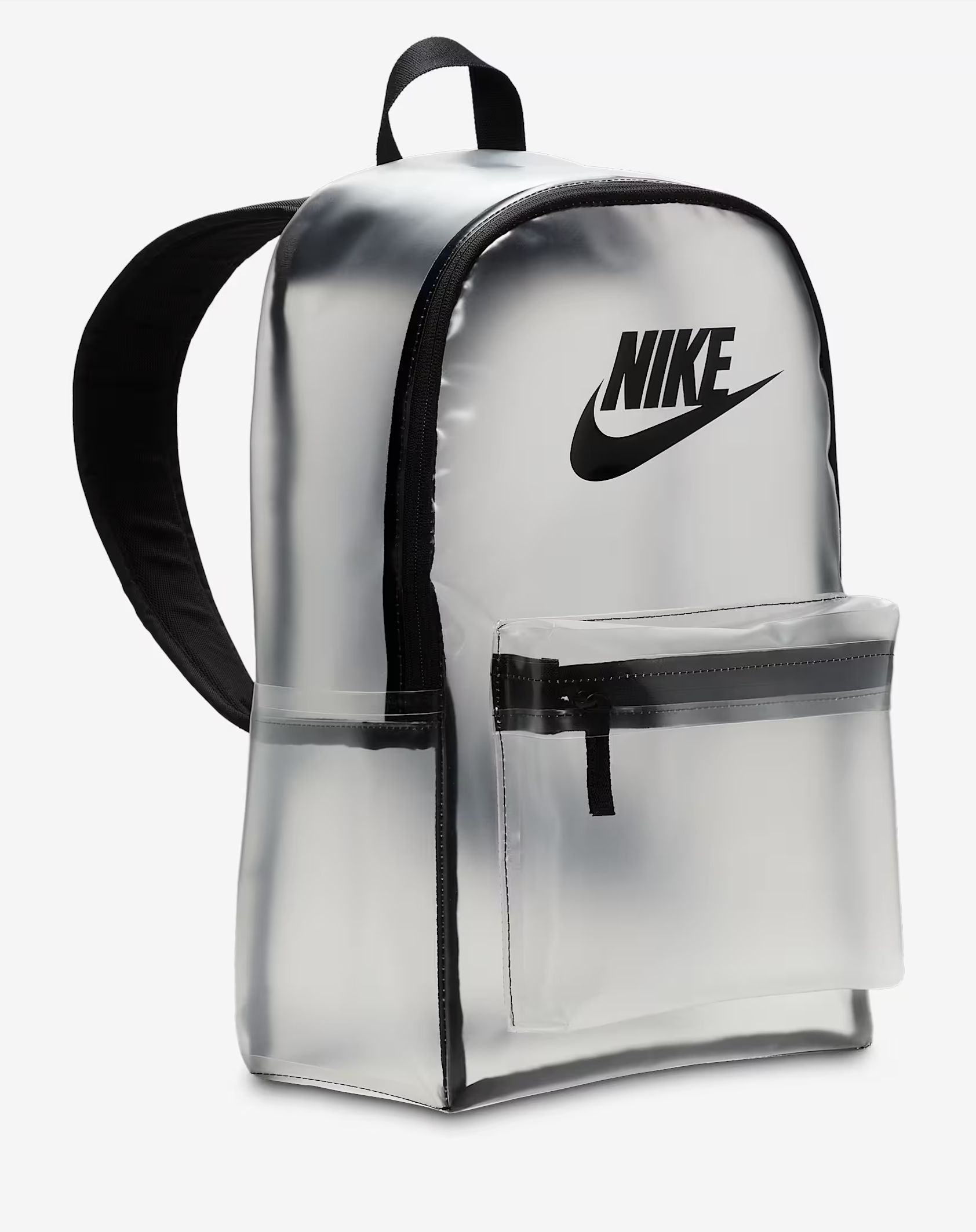Image: Alexander Pasaric
The stuff felt great—soft, bendy, and a lot like regular leather. But it was grown from mushroom roots in a lab in just weeks! This is really happening and changing how we see the stuff our favorite things are made from.
We’ve found all kinds of cool materials most people haven’t even heard about. We are talking about bags from wine grapes, cactus leaves, and even lab-grown stuff from bacteria that’s stronger than leather.
The bag market that is sustainable is not just growing but taking off! The market was at $3.4 billion in 2024 and should hit $9.5 billion in 2033. It’s growing at 12.1% each year. What’s making this happen? It’s not just that people care more. It’s that these materials are so new and pretty that regular leather is becoming old news.
What You Don’t Know: More Than Cotton and Plastic
Old Eco-Friendly Stuff Isn’t Good Enough
Most folks think of canvas bags or those that are recycled from plastic for sustainable bags. These things are okay, but there is much more now when it comes to being sustainable. Eco-friendly materials are now about being better, breaking down naturally, and looking/working better than the old stuff.
Before, eco-friendly stuff made you give up looking good or getting something that lasts. Now, you can have something sustainable and great at the same time.
The Cool Science Behind It
These materials are not just luck. They’re made using cool science and mix old ways with new technology. Companies are doing all sorts of things, from changing genes to using special growing tricks, to make stuff that seemed like a dream ten years ago.
Bag Designs are Changing, Thanks to These Materials
Mushroom Leather: Luxury That Grows
What’s up with it: Mushroom leather is from mycelium—the root part of mushrooms.
Why it’s awesome: It is renewable, bendy, and well-made like other fake leathers.
Mushroom leather might be the most amazing thing for sustainable materials. Regular leather needs animals, and fake leather uses oil-based stuff. Mushroom leather grows in labs using trash from farms.
How it works:
- The mycelium eats stuff like sawdust or farm trash.
- It grows into a leather-like thing in days or weeks.
- Then, they clean it and make it look how they want.
- This whole thing takes carbon out of the air.
Luxury Loves It:
In 2022, Stella McCartney made the Frayme Mylo purse from mushroom leather. Only 200 of these were made. It showed everyone that mushroom leather can be high-end.
Who’s Doing It:
- Bolt Threads with their Mylo™ material
- MycoWorks making Fine Mycelium for fancy stuff
- Ecovative works on FORAGER™ materials
Find Out More About Mylo™ Mycelium Leather
Piñatex: Good Use for Pineapple Waste
What’s up with it: A leather that is not, from pineapple leaf waste
Cool Fact: A company wants to take 40,000 tons of pineapple waste and turn the fruit’s leaves into Pinatex fabric.
Piñatex pineapple leather uses fibers from pineapple leaves in the Philippines. The soft Original line has bits of natural fiber, which gives it a down-to-earth feel. It works great for things like bags.
How it Started:
Carmen Hijosa, who knows a lot about leather, saw how bad leather production was for the environment in the Philippines. She knew that pineapple leaves thrown away after harvest could become something great.
How It Works:
- Farms collect pineapple leaves that would be trash.
- They take out the fibers and make them into a mesh.
- Then, they put coatings on it that don’t hurt the earth.
- The result is a cool thing with natural fibers you can see.
Why It’s Good:
- It uses farm waste that would be burned.
- It gives pineapple farmers more money.
- It breaks down naturally when you don’t need it.
- It doesn’t need more land, water, or anything to produce the stuff it is made of.
See Piñatex Vegan Bags and More
Cactus Leather: Made in the Desert
What’s up with it: A leather-like stuff made from cactus leaves
What’s cool: Uses very little water and lasts a long time
Cactus leather uses Nopal cactus and takes very little water to make. Adrián López Velarde and Marte Cázarez, two people from Mexico, made this. The cactus grows where other plants can’t.
Cool Things About It:
- It uses way less water to make (90% less than leather)
- It fights germs naturally.
- It lasts and bends well.
- It comes in colors.
- It breaks down.
How They Make It:
- They pick cactus leaves that are ready but let the plant keep growing.
- They take out the fibers from the leaves.
- Then, they use special stuff to change the material.
- They make it look and feel like leather.
Apple Leather: Good Use for Fruit Waste
What’s up with it: Something made from apple peels and leftovers.
What’s cool: Turns trash from the food business into something luxury.
Apple leather takes the parts of apples left after making juice—the peels, cores, and stems. This comes from Italy and Germany and is how you take trash and make something new.
Main Points:
- Made from food business trash
- Feels soft and bendy like regular leather
- Comes in sizes and looks
- Resists water when done right
- Makes less food waste.
Grape Leather: Wine Gets a Makeover
What’s up with it: A material made from grape leftovers
What’s cool: Turns trash from wine into fashion.
The wine business makes trash—skins, stems, and seeds from grapes. Now, companies are turning this into great materials for bags.
Good Things About Making It:
- Uses garbage from wine
- Natural colors from grapes
- Has a special look
- Breaks down when you don’t need it
- It helps the wine business be sustainable.
Bacterial Cellulos: Lab-Grown and Great
What’s up with it: Stuff grown by bacteria in labs
What’s cool: Made at the tiny level to have certain looks
Bacterial cellulose is being bio-manufactured. Companies grow stuff in tanks to make things with the qualities they want.
Good Stuff:
- Made the way you like it
- Lasts and is strong
- No plants or animals needed
- Made in a safe place
- Can be made to do certain things
Old Stuff Gets New Life: Classic Materials Done Right
Cork: More Than Wine Stoppers
People have been using cork for ages, but it’s now something great for bags. Companies in Portugal make cork leather that is good and stands up just like older materials.
What’s New with Cork:
- Thin sheets that feel like cloth
- Resists water
- Keeps germs away
- Harvesting is good for the earth
- Comes in colors.
Hemp: A Strong Material
Hemp is now seen as a top sustainable material. You can process it to make it feel like canvas or even like leather.
Why Hemp Rocks:
- Grows fast and uses little water
- Keeps bugs away on its own
- Gets better with age
- Lasts a long time
- Takes carbon out of the air
Plastic From the Ocean: Cleaning Up Waste
The way we recycle ocean plastic is better. Companies are now making stuff that looks just like new plastic from trash in the water.
What’s Being Done:
- String made from plastic bottles from beaches
- Thread from fishing nets
- Stuff that works better than plastic
- Recycling where nothing gets wasted at the end.
Brands That See the Potential in This Stuff
Stella McCartney: A Luxury Leader
Stella McCartney has pushed sustainable luxury. She was the first to take on these materials. Her work with mushroom leather shows that being earth-friendly can be high-end.
Hermès: Old and New Together
Hermés came out with the Victoria bag, using Fine Mycelium, but it’s not all vegan. The bag has calf-skin, but Hermés uses mycelium which shows that old luxury brands are looking at new things.
Bolt Threads: The Material People
Bolt Threads leads in bio-made materials. Their mycelium leather is used by big brands around the world.
Ananas Anam: The Piñatex People
The folks that made Piñatex keep working and making pineapple leather better. They join with brands to integrate this into fashion.
How to Shop: Where to Look and How to Know It’s Real
Where to Buy
Go to the Source:
Many people that make materials sell to people directly or join with brands. You can see releases from companies like Bolt Threads on social media.
Special Stores:
- Immaculate Vegan has Piñatex
- Mushroom Leather Supply has mushroom stuff
Luxury Places:
Big stores are starting to have bags made from these materials, but they often cost more.
Does It Check Out
What to Look For:
- Info about the materials from the brands
- Proof from groups on being sustainable
- Saying how they are made
- Good quality to match the material
Warning Signs:
- Saying it’s sustainable without saying how
- Costs that seem too good to be true for special materials
- Not saying where the material comes from
What It Means for the Earth: Numbers
Carbon Compared
Making leather has bad results for the earth:
- Uses 17,000 liters of water per kilogram
- Methane from cows
- Bad stuff in tanning
- Cuts down forests for cows
New materials do better:
- Mushroom leather: Takes carbon out of the air
- Piñatex: Uses trash, needs nothing else
- Cactus leather: 90% less water than leather
- Apple leather: Keeps food waste out of dumps
Breaking Down
Most new bio-materials break down safely when you trash them, not like plastic that stays around for years.
How to Care for These
Main Points
The Basics:
- Don’t use hard stuff or leather cleaners
- Use light, earth-friendly cleaners
- Throw away in bags that let air pass, not plastic
- Keep it out of the sun
Different Ways to Care
Mushroom Leather:
- Clean with wet cloth and light soap
- Let it air dry
- You can use plant-based things to keep it in shape
Piñatex:
- Clean with wipes, using soft cleaner
- Don’t soak in water
- It might develop spots over time
Cactus Leather:
- Easy to care for
- Clean with cloth
- It fights germs, so no smell
Money Talks
How They Cost Now
Bags from new materials are at a great cost for now because of:
- Less being made
- High costs to make
- High-end markets
- New ways of making
What About the Future
As they are making more and work is more proper, costs should go down, but the quality will go up. Early users here may see their things become important keepsakes.
What to Think About
What Makes It Cost More:
- There are only a few pieces made
- First on the scene as sustainable fashion
- People want sustainable luxury
- Can get rare as brands move on
The Future of Bags
What’s Coming
Lab-stuff:
- Bio-made silk from bacteria
- Lab cotton with no farming
- Fake spider silk that’s easy and strong
Trash Streams:
- Materials from tea leaves
- Leather from mushrooms
- Fibers from algae
Smart:
- Materials that change color
- Self-fixing materials
- Stuff that changes with weather
How It Changes
2025-2027: Regular people using mushroom, cactus, and Piñatex leather
2027-2030: Better bio-materials
2030+: Systems with no waste
Make the Change
How to Begin
Learn:
- Look into brands that line up with your needs
- Check out what others are saying on social media
- Hook up with groups focused on sustainability
First Time:
- Start with one item from newer materials
- Find great looks
- Keep track of what’s what
Start a Collection:
- Switch bags with sustainable stuff
- Mix materials
- Stick with coming and going brands
Give Back
Past Buys:
- Say stuff on social media
- Talk and give feedback
- Pushing for knowledge on how things are done
- Backing rules that back innovation
How This Matters: Changing the Future
What People See
These materials are changing what people see from brands. It is key to be clear, sustainable, and new. It’s going from a want to a have.
Faster Change
Fashion shows have collections with newer materials. Doing well for the earth has gone from a thing to a fact.
Global Points
These materials are setting up new money chances in countries, often using trash and ways with new tech.
The Part You Play
The future of fashion is being made with what people buy. Each time you pick a bag from a new material, it tells the shop that sustainable luxury is wanted.
These hidden rocks are more than other options for leather. They are a shift in how we see luxury and new ways. There is a new world coming out, from mushroom operations to the pineapple spots.
There is room for you to test it out which one catches your eye more from the cactus, lab-grown, or using fruit trash. The answers you get on what to buy in the product you are buying is more than just being a part of the trend but a look in the future with a look so good it will never be out of style.
What’s happening is here and is more pretty, innovative, and a touch away more than before. The end is not about asking if new materials will replace the old trend since it is about finding out what catches your eye.
Are you ready to explore your sustainable bag! Join to shop to stay aware of what is coming on what to discover in the fashion side!
#EcoFriendlyBags #SustainableFashion #MushroomLeather #MyceliumLeather #Pinatex #CactusLeather #AppleLeather #GrapeLeather #SustainableLuxury #VeganLeather #CircularFashion #BioFabricatedMaterials #InnovativeMaterials #EthicalFashion #ConsciousFashion #SustainableDesign #EcoLuxury #PlantBasedLeather #FashionInnovation #GreenFashion #SustainableAccessories #EcoMaterials #ZeroWasteFashion #RegenerativeFashion #FashionTech #BoltThreads #StellaMcCartney #SustainableStyle



